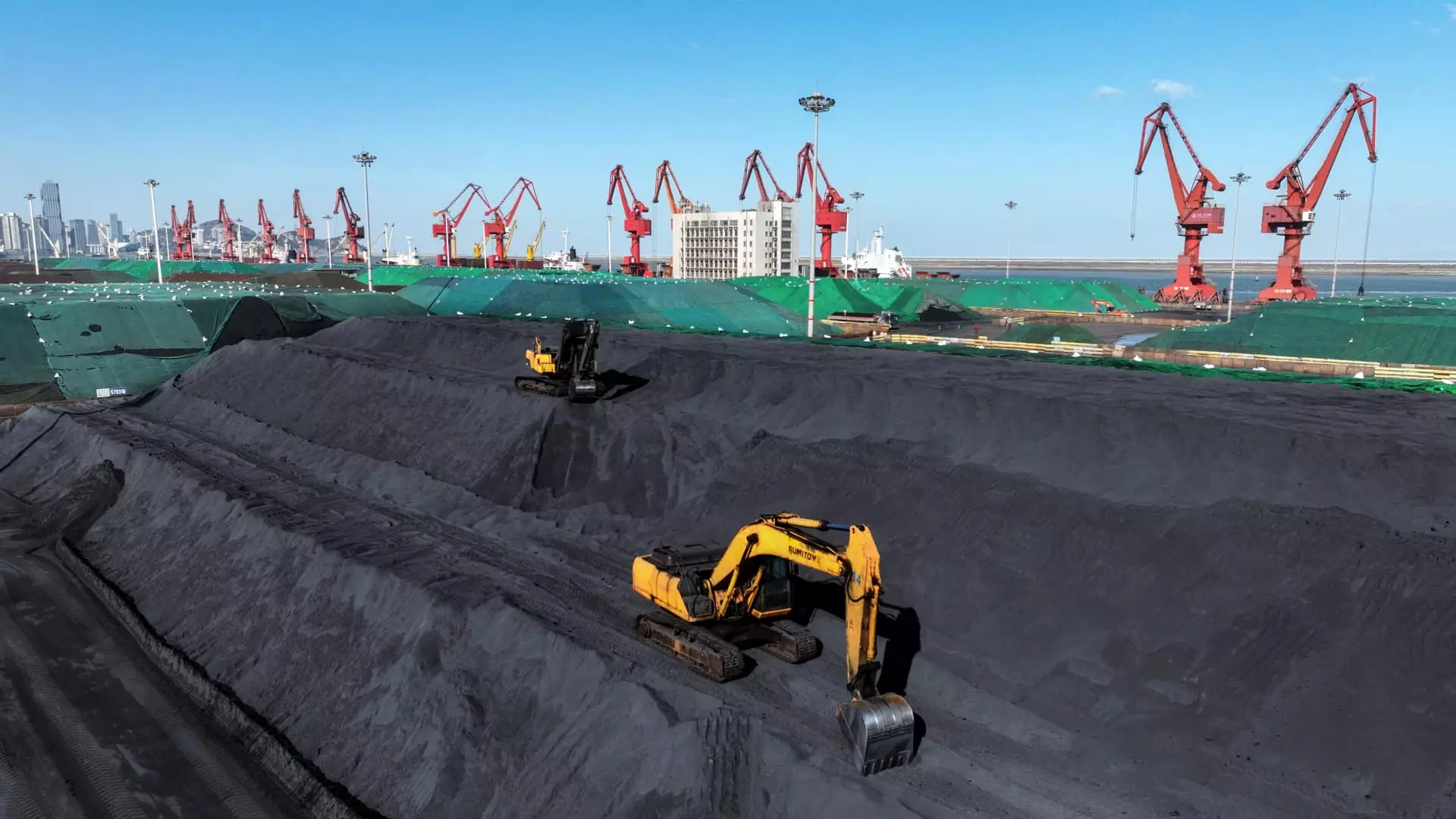Recent data released by China’s National Bureau of Statistics reveals a startling downturn in industrial profits, with a reported decrease of 17.8% in August compared to the same month in the previous year. This significant drop follows a 4.1% increase observed in July, marking an abrupt reversal after what appeared to be a recovering trend. The industrial profits in question encompass a broad spectrum of sectors, including factories, mining, and utilities, crucial components that paint a picture of the overall economic health of the nation.
While the first eight months of the year showed a modest profit growth of 0.5%, totaling 4.65 trillion yuan (approximately $663.47 billion), this pales in comparison to the growth rate of 3.6% in the preceding seven months. The deceleration in profit growth raises alarms among economists regarding the sustainability of China’s industrial sector, given that the nation is grappling with rising challenges that could hinder its economic progress. Specifically, sluggish domestic demand, a protracted downturn in the housing market, and a subtle increase in unemployment are compounding pressures on China’s economy, which is the second-largest in the world.
In light of these distressing economic indicators, the Chinese government is intensifying its measures to bolster growth, driven by a palpable concern that the country may straddle the line of missing its GDP target of around 5% for the year. At a recent high-level meeting chaired by President Xi Jinping, central leaders emphasized the urgency of alleviating the property market’s struggles and fortifying both fiscal and monetary policies. These pronouncements reflect a strategic shift aimed at stabilizing the economy and instilling confidence in investors and consumers alike.
Following the government’s directives, the People’s Bank of China (PBOC) has announced significant monetary easing policies, including a 50 basis point reduction in the reserve requirement ratio—an indicator of the cash that banks are mandated to keep in reserve. Additionally, the central bank has lowered the 7-day reverse repurchase rate by 20 basis points to 1.5%. These measures signify a proactive approach to ensure adequate liquidity in the market and stimulate borrowing amidst waning industrial and consumer activity.
Despite these efforts, broader economic indicators present a mixed bag of results. August’s data demonstrated that industrial production growth fell to 4.5%, while retail sales barely managed an increase of over 2%. The real estate sector remains a critical drag on investments, reflecting a year-on-year decline of 10.2%, echoing July’s performance. Furthermore, urban unemployment ticked up from 5.2% to 5.3%, indicating a slight contraction in job creation and overall economic vitality.
The alarming drop in industrial profits is a clarion call for China to reassess its economic policies and make necessary reforms to ignite a more robust growth trajectory. As the country’s leaders take decisive steps to address these pressing challenges, the effectiveness of their strategies will be under close scrutiny in the coming months.


Leave a Reply